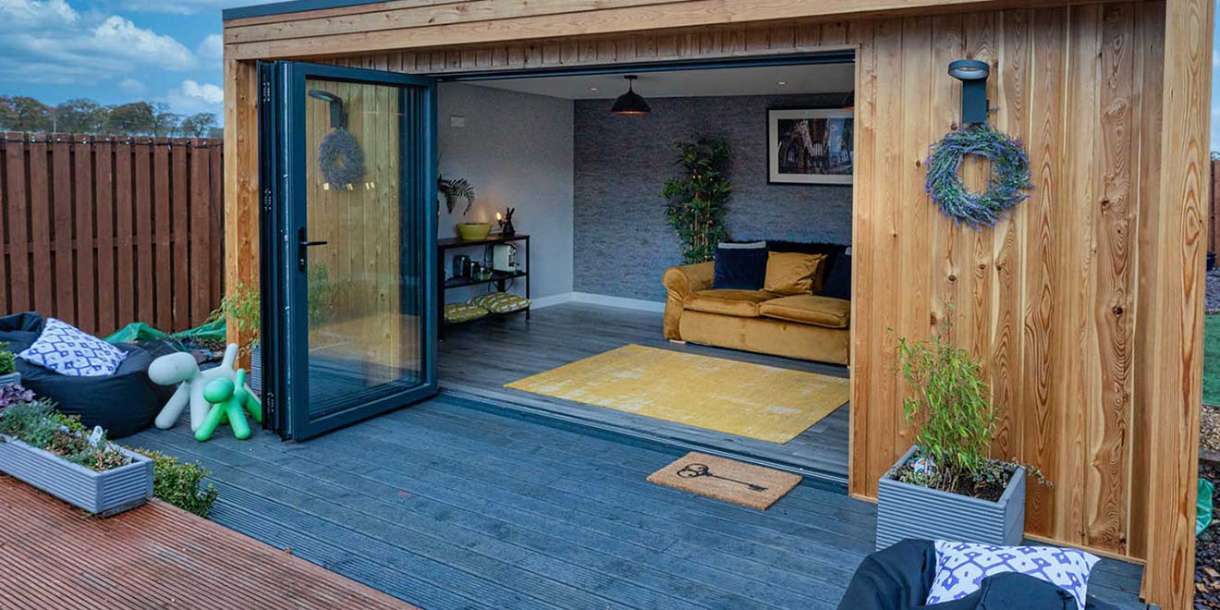
Contrasts in Graden Planting
- by Zeeshan.Ali
- 2 years ago
- Home & Garden
Peonies possess such remarkable beauty that they can well be used in masses or as specimens set in a stretch of turf, with nothing to offer them competition in color and form. Here they are massed. Across the path, set behind low hedges and a low ground planting, standard roses are given the same opportunity for display.
The herbaceous border, planted for a succession of color and form, serves as a contrast with the massing of single flowers shown above. The border in this garden is happily located in front of a vine-covered trellis.
Water gardens are of varied types, and of them, none is more fascinating than a garden laid out along a brook. Fortunate indeed is the man whose country place can boast such a little stream; his water garden is already commenced.
In gardening along the sides of brooks, we usually first have to face the problem of preventing overflows caused by heavy thaws in winter and violent rainstorms in summer. For the low and level shores in the plain, the rampant root systems of moisture-loving plants may prove sufficient safeguard, but the swiftly moving water that traverses rolling land districts often requires a more careful securing of its banks by rocks to prevent washouts.
This security of structure must be assured before the plants are set out. When we come to the plant material that is available for brookside gardens of various kinds, hemerocallis, ferns, Japanese and Siberian iris and some of the new and colorful Arends astilbe hybrids have been planted effectively here interests naturally turn to the semi-aquatic section and hardy herbaceous denizens of lowland regions.
Representing a type which, under Congenial conditions, frequently assumes an almost tropical luxuriance in foliage and flowers, the possibilities for the enjoyment of arrangements of rare beauty appear propitious. Thus, in setting out the plants we can observe the wonderful effects gained by contrasting the graceful forms of ferns with, for instance, the magnificent leafage of Senecio Veitchianus and Wilsonian. The massive growth and the metallic luster of Funkia Sieboldiana and Funkia fortune gigantic nowhere show to better advantage than along the brookside. Within the tempered atmosphere that lies near the clear running stream of water, one can use such types as Iris orientalism, pseudacorus and specific varieties.
We will Where the stream becomes a torrent in spring and fall the banks should be supported by rocks or plants with especially rampant root systems that will hold the soil from washing out planting reconstructed under glass also admire the stately growth and graceful panicles of Spiraea truncus palmate and palmate elegants and, having been regaled once by the brilliant spectacle of the highly attractive white, salmon and pink shades of the new Astilbe Arendsi varieties in beauty vicing with gorgeously hued masses of flowers of the Japanese iris, we always long for enjoying it again during ensuing seasons.
When we have dotted the immediate water edge with plantations and clusters of the swamp forget-me-nots, swamp marigolds, moisture-loving hardy primrose, and Saxifraga cordifolia, we begin to realize the enchanting possibilities of brookside gardening. The brookside can also serve as a fernery.
The rising banks of a brook running through sections of woodland afford an ideal location. Aside from a congenial atmosphere, there is frequently diversity in natural ground elevation at hand which favors the arrangements of effects and fully demonstrates the grace and supreme beauty of the foliage of ferns. Lacking this ideal brook bank, one may reconstruct it indoors under glass.











Leave A Comment